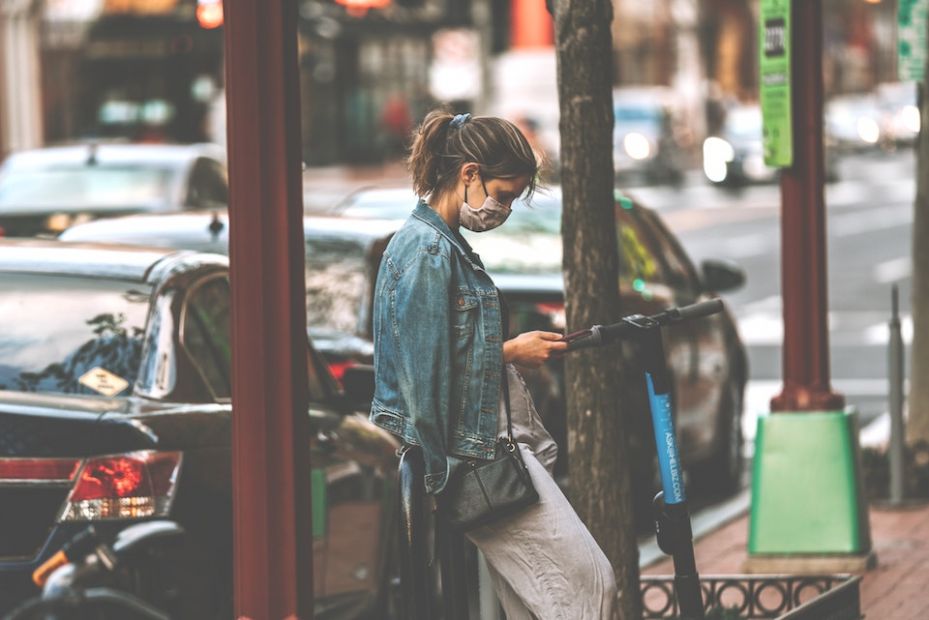5 Predictions for the Post-Covid Workplace
As Covid-19 vaccinations are being distributed, the post-Covid reality is actually getting closer. Here's what we think might happen next.
You May Also Like

Work + Life Balance
What is a Career? 5 Things Your Job Shouldn't Be
Your job and your career are important, but it's not everything. Here are five things your career should not be in your life—and what your career absolutely can be.

Work + Life Balance
How to Heal After Leaving a Toxic Job
Just because you quit your toxic job does not mean that it's all over. Here's how to reflect and heal from a toxic work situation.

Work + Life Balance
Work Smarter Not Harder: 7 Ways to Embrace Slow Work
We're all told to hustle all the time—to the point of burnout. Here's our case for slow work and why working smarter doesn't always mean working harder.

Work + Life Balance
How to Become a Morning Person (11 Tricks to Try Today)
Stay away from that snooze button. Try these tricks to become the morning person you always wanted to be!

Work + Life Balance
Use the Prioritization Matrix to Organize Your To-Dos + Prioritization Matrix Template
What is the prioritization matrix and how does it work? Here's how to hack into this way to get things done by order of importance using the Six Sigma + Eisenhower matrices.

Work + Life Balance
5 Science-Backed Tips to Start Better Habits (+ Break Bad Habits)
How do you build new habits? Conversely, how do you get rid of old habits that no longer serve you? We turned to science to find out how to build, alter, and ditch habits.

Work + Life Balance
The 3-Step Method to Stop Making Careless Mistakes at Work
Are you making mistakes at work? If the answer is yes, then slow down, take a breather, and follow these steps to stop making careless mistakes in the workplace.

Work + Life Balance
How To Beat The Sunday Scaries: 26 Ways to Ease Your Monday Dread
Get rid of the Sunday scaries once and for all with these tips on making the most of your week and weekend, taking care of yourself, and improving overall wellness.

Work + Life Balance
How to Recognize + Recover from a Burnout Diagnosis
Burnout is real—like, really real. Recently recognized by the World Health Organization, work burnout is a serious diagnosis. Here's what you need to know.



